At this point, you’ve likely seen Bethesda’s responses to criticism of Starfield, which tend to be as wide and repetitive as the game’s NASA Punk universe. Many players just think the game is boring, and Bethesda can’t stop trying to explain to them how they’re wrong.
There are legitimate gripes with the game’s story, mission design, and its resemblance to something of a fast-travel simulator. But the complaint that still resonates with me months after playing more than 50 hours of Starfield content is that there was simply nothing keeping me playing outside of ticking off some quest boxes. I found and customized the ship I wanted, I completed the faction quests that were interesting to me and got through the main campaign, and at the end of it, I found… not much. Just a big, empty universe that was tedious to comb through.
And if the devs’ responses are anything to go by, they thought that boring universe was great when making Starfield.
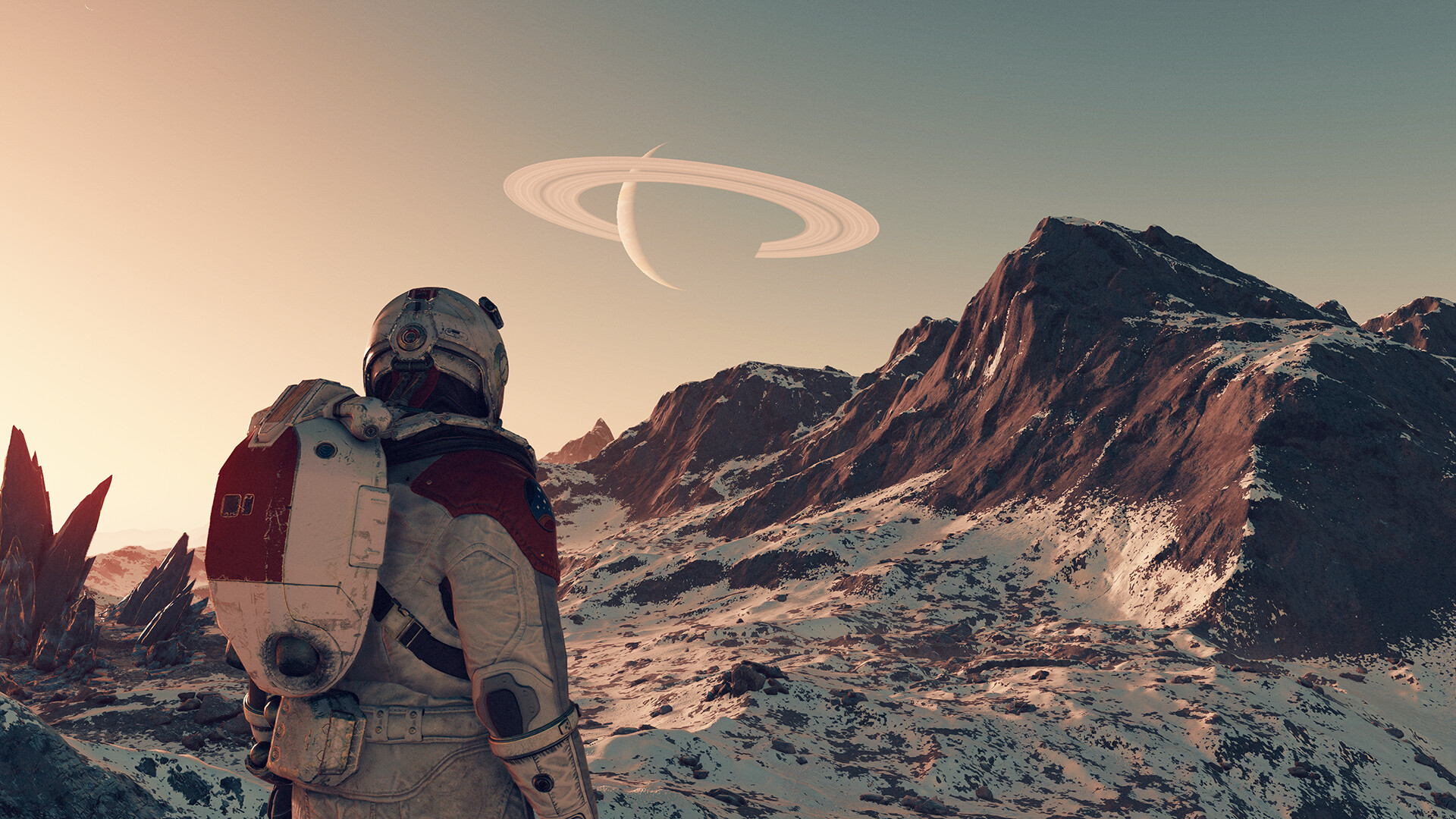
As originally noted by Project Zomboid’s Andy Hodgett and highlighted again today by IGN, the Starfield devs (or at least someone writing on behalf of the studio) have been responding to negative reviews of the game, making frequent use of this quote: “When the astronauts went to the moon, there was nothing there. They certainly weren’t bored.” It’s a slightly different phrasing of a quote from Bethesda months ago when managing director Ashley Cheng said not every planet was “supposed to be Disney World.”
The message from Bethesda to players is clear: If you find Starfield boring, you’re wrong. It’s a position emblematic of a core Starfield problem. The tedium, the empty sandboxes with scant activities—none of it was ever a development problem. It was a feature from the start.
Like many people, I was initially taken with Starfield. I’d poured hundreds of hours into Skyrim and various Fallout games before it, and the visuals and intrigue of a new Bethesda world were immediately interesting to me. And there really is so much to do from the start, with new ships messaging you almost everywhere you jump, intriguing gravity mechanics in space station gunfights, new cities to explore, and more. But toward the end of the main campaign, I realized there wasn’t any gameplay loop holding my attention.
Starfield is purportedly a game about the element I love the most in Bethesda games: exploration. I played Skyrim so many times and with so many characters because the game’s map continually rewarded my curiosity. Even after a couple hundred hours, I saw a peak I hadn’t traversed, and there would almost inevitably be something of interest to me there I had missed before, like a dragon priest fight or even a new dungeon.
In contrast, Starfield quickly punished my curiosity. I’d land at random places on planets hoping for cool points of interest and maybe even a quest or two, and just found vast, empty spaces with some cookie-cutter locations and underwhelming activities with scant rewards.
That is apparently the game Starfield devs envisioned: a universe designed to make you feel incredibly small and insignificant, even as you cross dimensions and navigate through some Windows 98 screensavers to gain supernatural powers (that incidentally feel pretty damn close to Dragon Shouts). I don’t mind shooting for awe and isolation as design philosophies, but Bethesda realized it was making a video game, right? You set a game in a future where humanity went out and colonized the stars; you didn’t have to make the moon Disney World, but you could’ve at least made it more interesting than a Whole Foods.
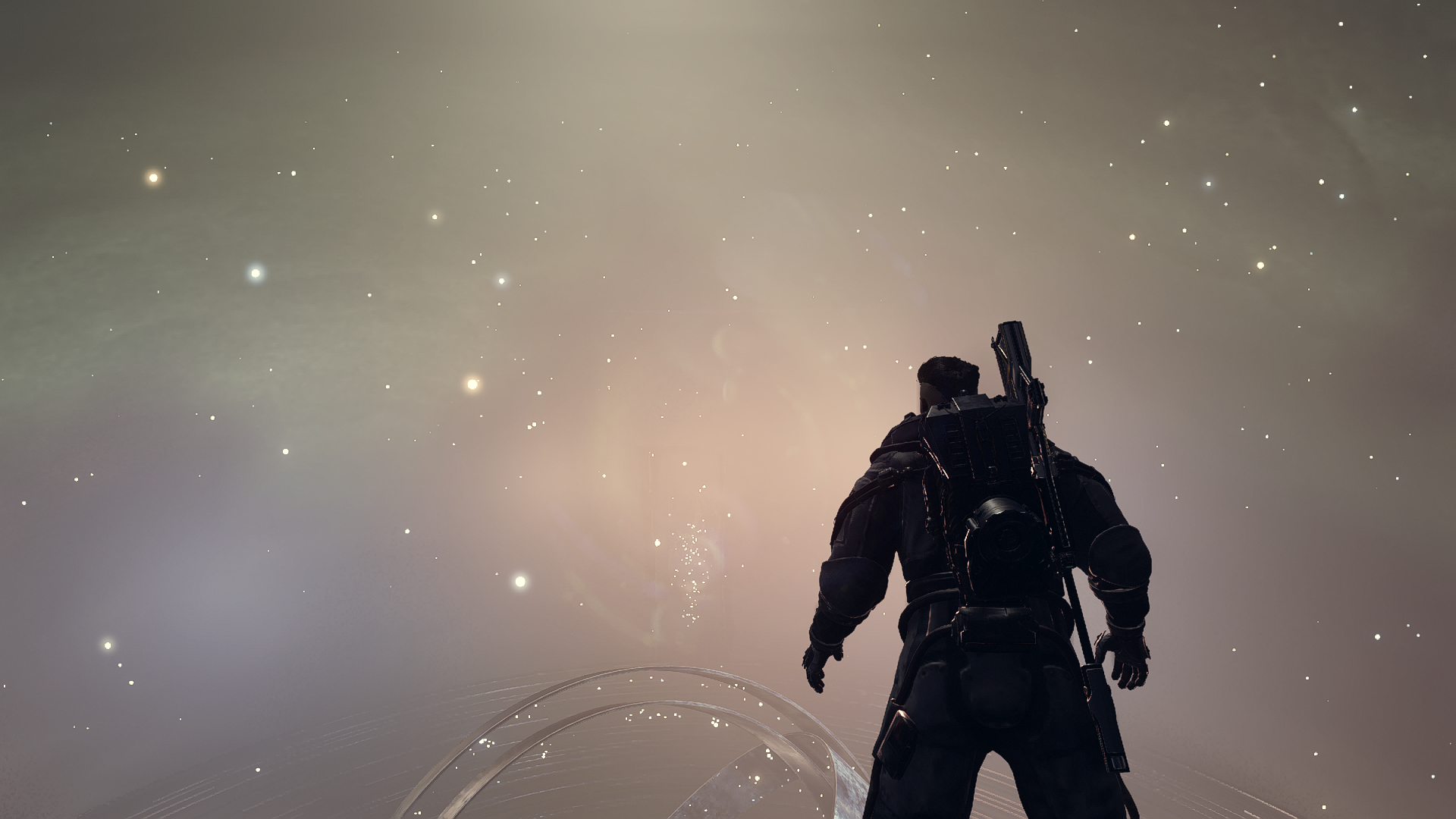
I don’t even think Starfield is a failure, per se. There are clearly many, many players who enjoy it and sunk hundreds of hours into the title, just the same as I did with Skyrim. But I do think it will ultimately go down as one of Bethesda’s lesser games, and would be very surprised if we ever saw a sequel. The studio’s repeated responses to criticism come off like a comedian trying to explain their joke to the audience, ensuring them of its hilarity. That’s not a very reassuring picture for the IP’s future.
And if we ever do get a Starfield 2 in a decade or two, it feels like there’s a non-zero chance real-life humanity has already conjured worlds more interesting than the ones Bethesda put into its video game.


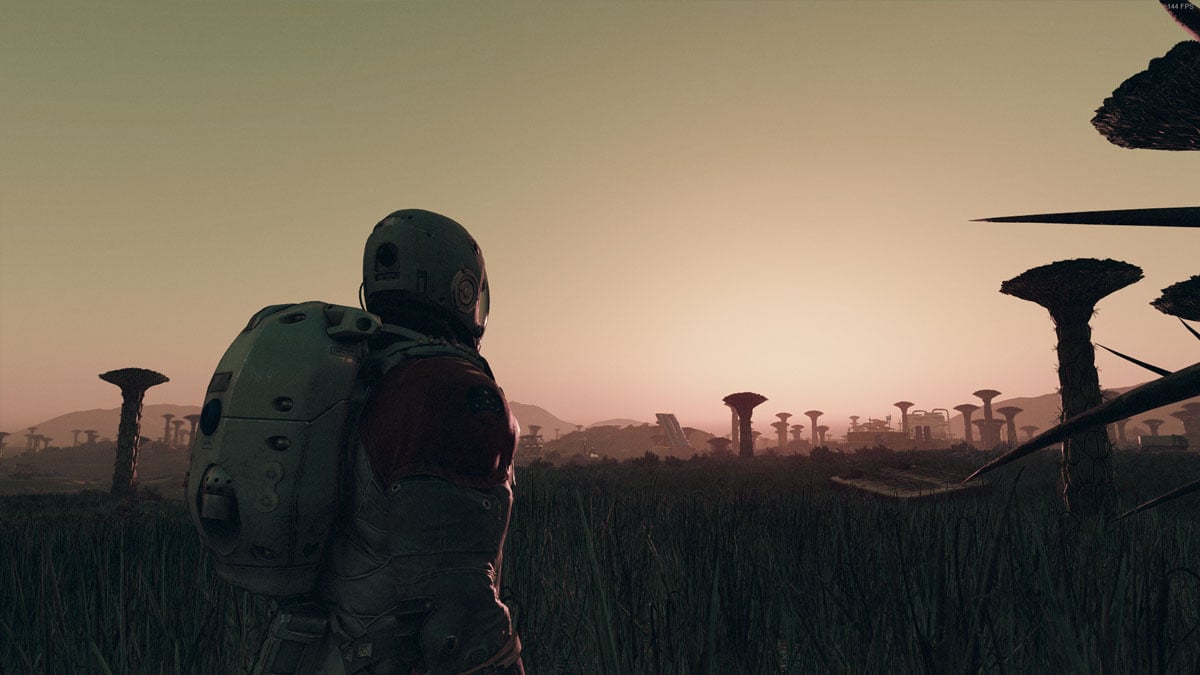
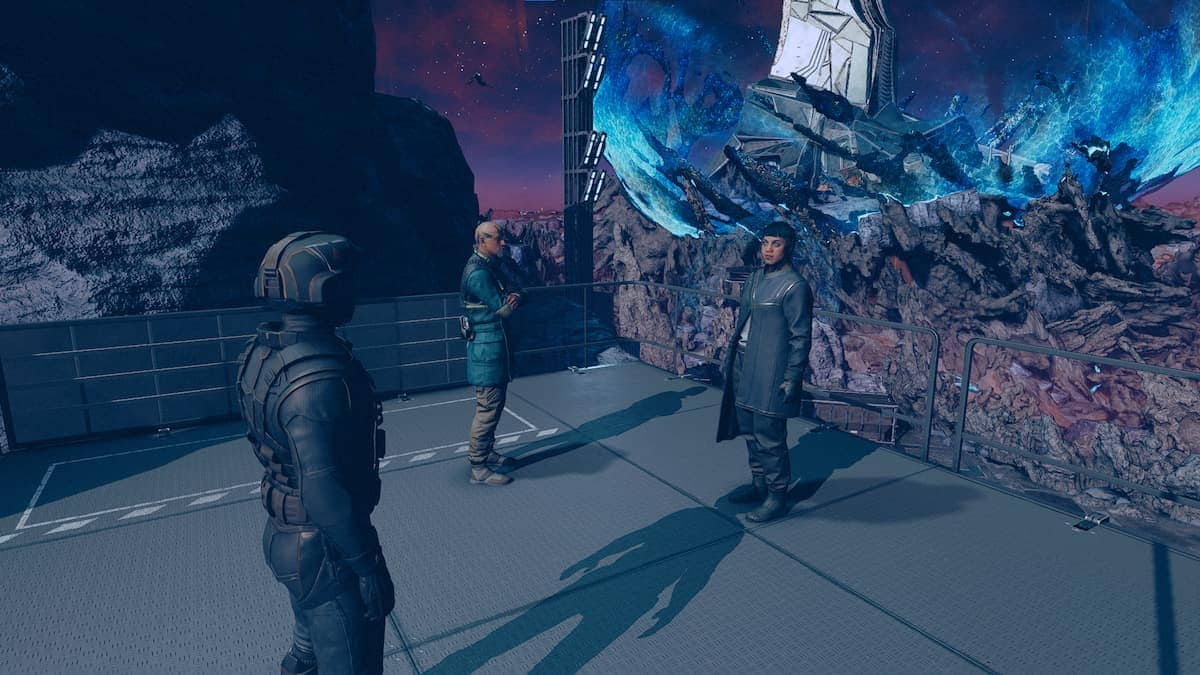
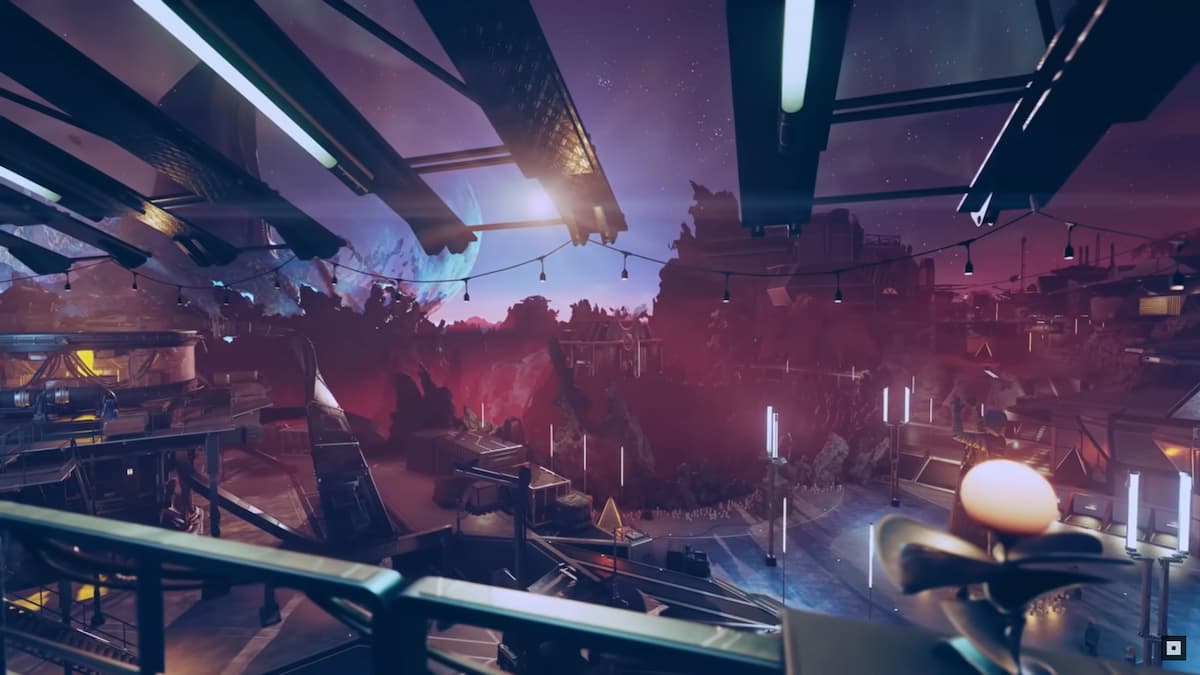
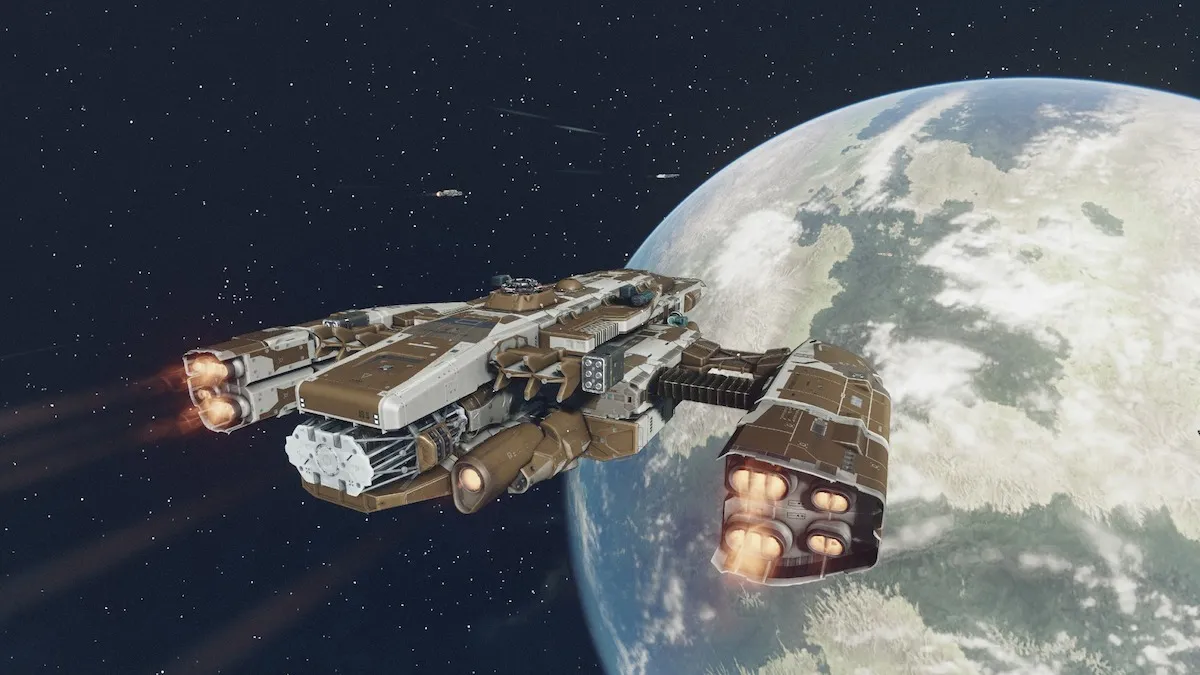
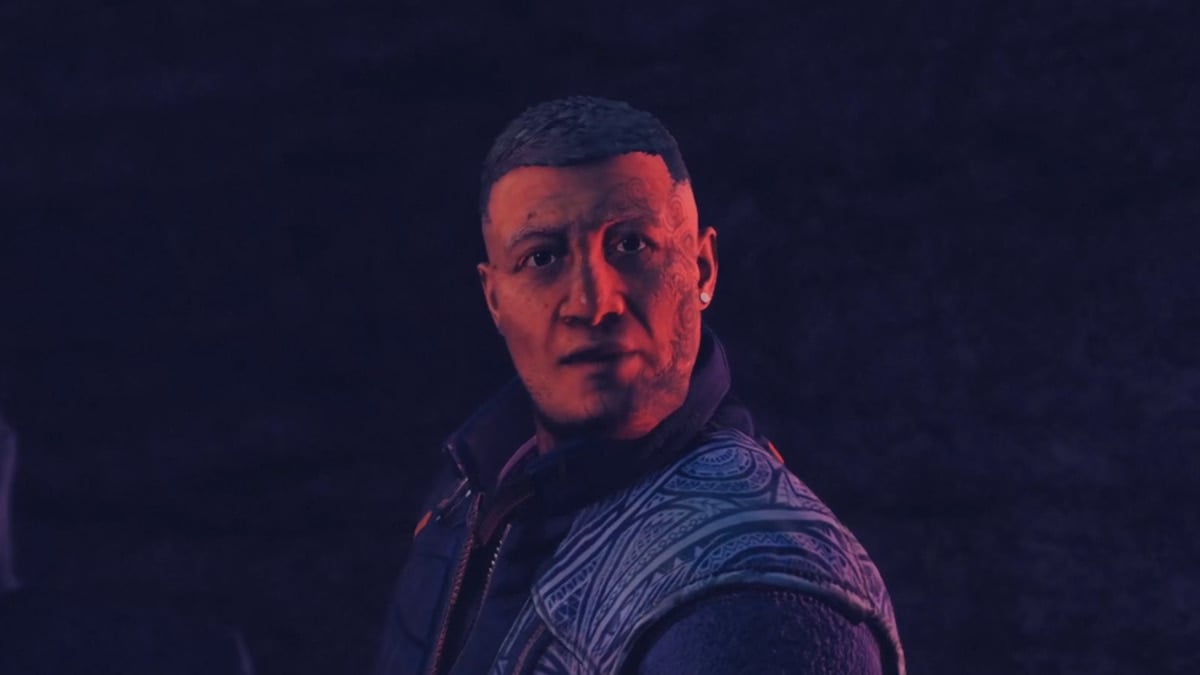
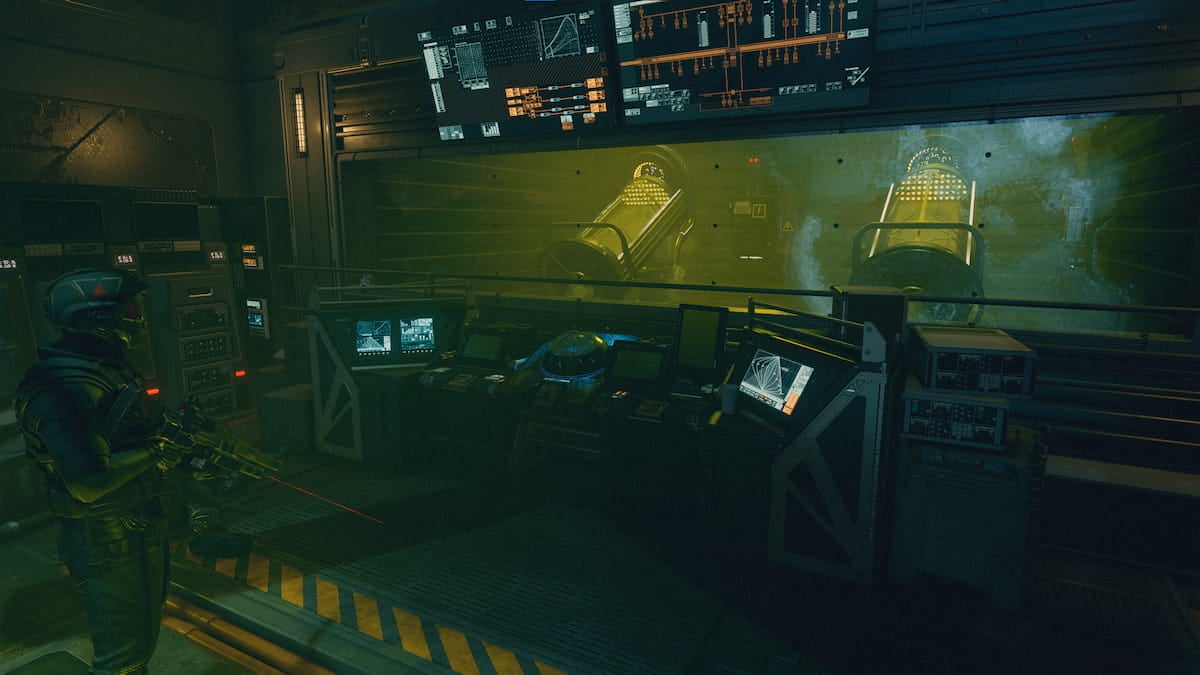
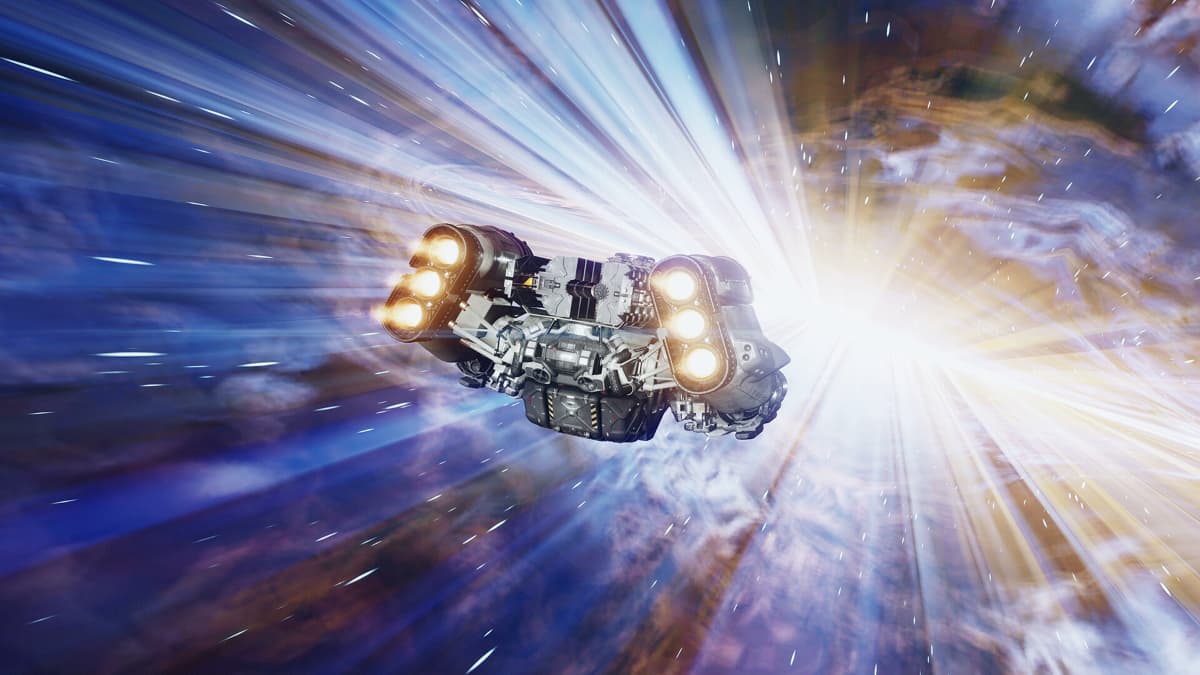
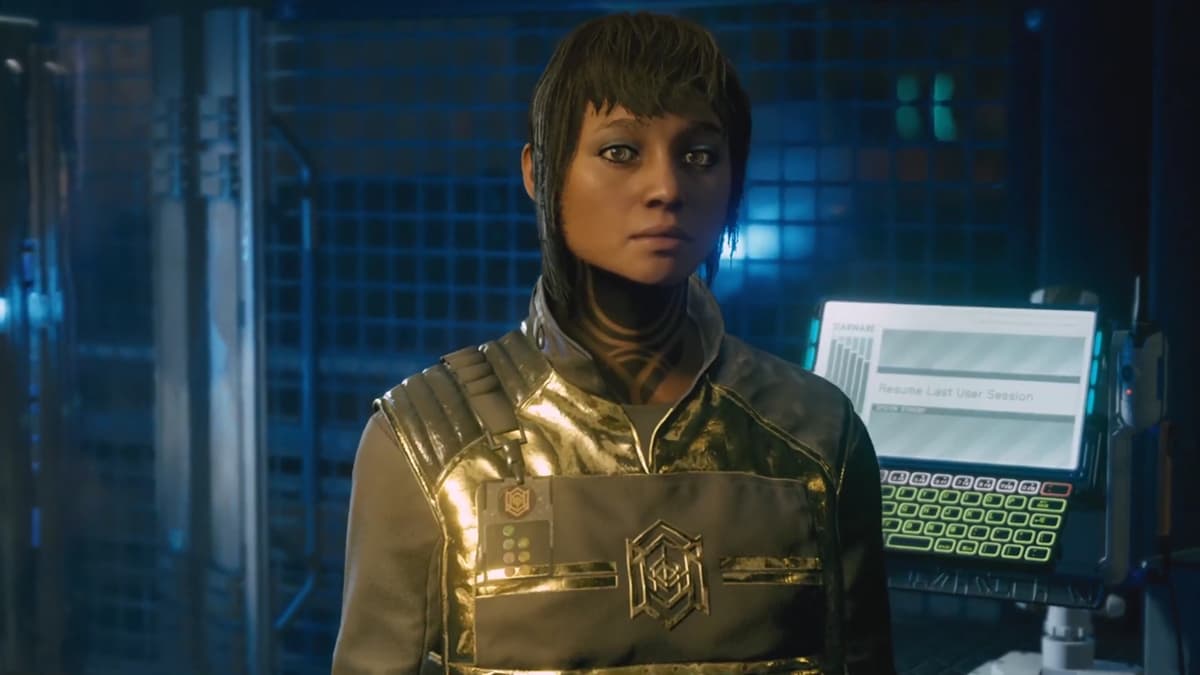
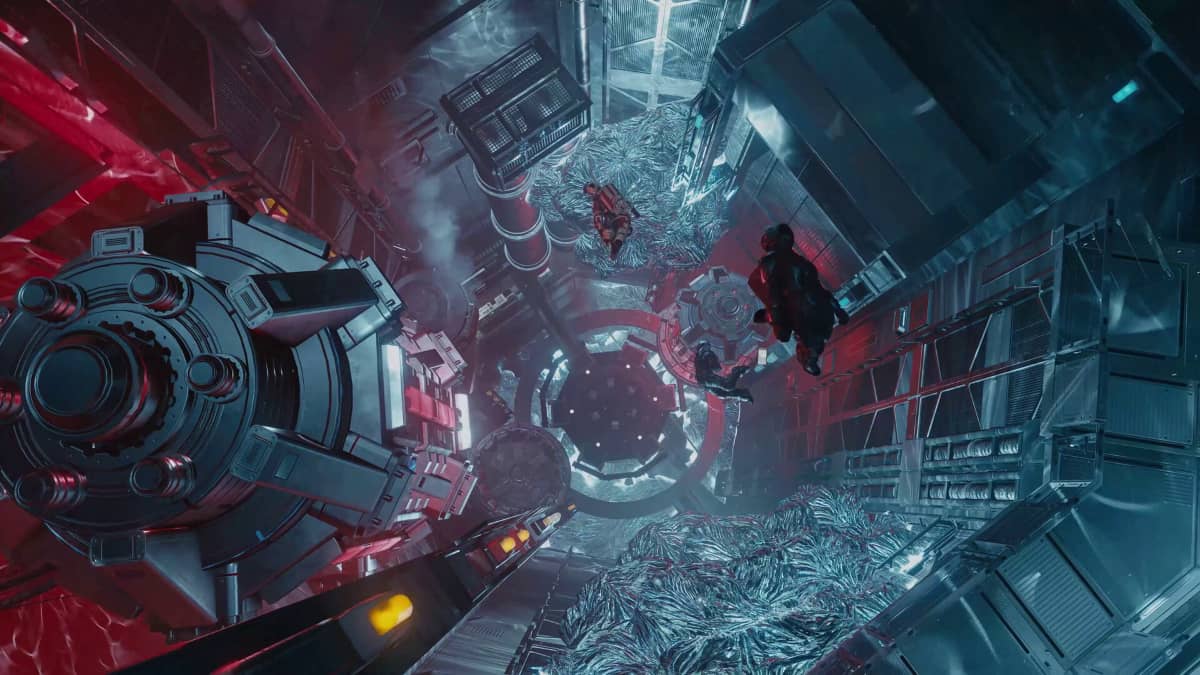
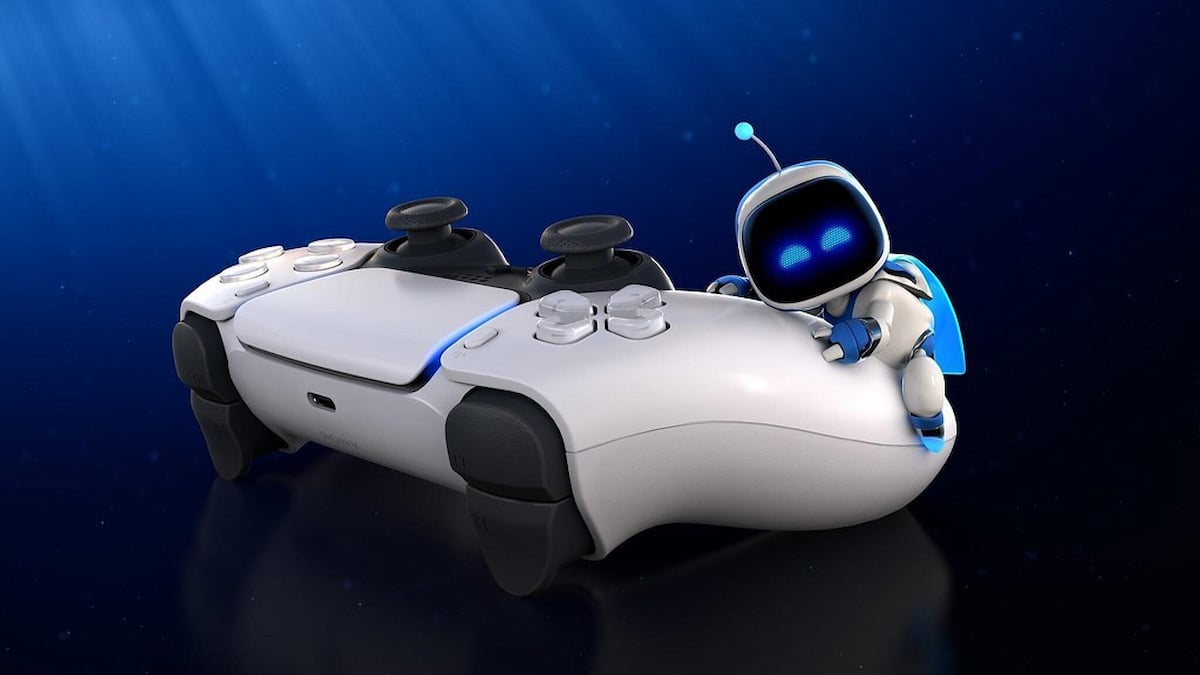

Published: Nov 28, 2023 9:41 PM UTC